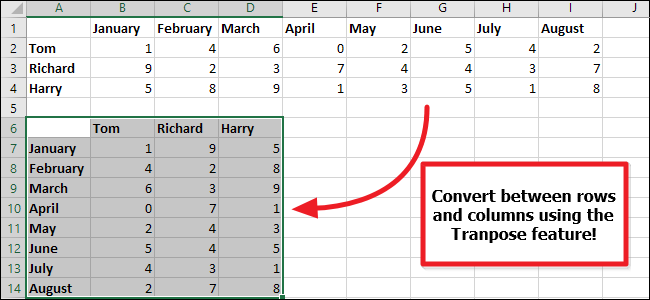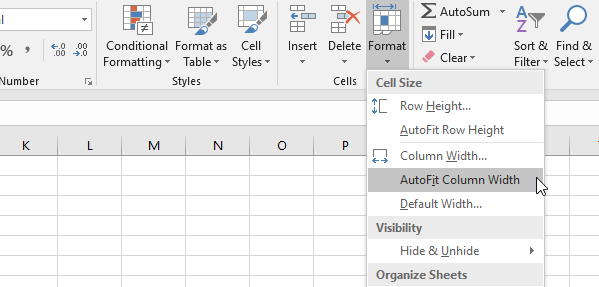
You can also select a range of cells to see quick calculations for those cells-such as the sum, average, minimum value, and maximum value-in the Smart Cell View. If you’re editing the formula, the Smart Cell View shows you the formula result. If the selected cell contains a formula, the Smart Cell View shows you the formula. na: the string to use for missing values in the data. The Smart Cell View shows you the actual value of a selected cell (for example, “12:00 AM”), or the formatted value of a cell if you’re editing it (for example, “4/3”). Select multiple rows then insert the same number rows below. When you select a table cell, the Smart Cell View appears at the bottom of the Numbers window. For example, you can select one Total row cell, then choose Select Similar Cells to select them all. Select similar cells in a pivot table: Click a cell, Control-click, then choose Select Similar Cells. Select nonadjacent cells: Click a cell, then Command-click any other cells. R refers to row while C refers to column.

In case you have one column of numbers, say column C that lists weekly or.

The R1C1 reference style is easier to understand because it gives both the row number and column number of a cell. Data Bars in Excel is the combination of Data and Bar Chart inside the cell. The cell address will also change from A1 to R1C1. If you do this accidentally, drag the yellow dot back to its original position, or press Command-Z on the keyboard to undo the action. The column labels will automatically change from letters to numbers. If you drag the yellow dot, you copy the cell contents to the rows you drag over. Select a range of adjacent cells: Click a cell, then drag a white dot any direction across the range of adjacent cells. Insert or delete a row or column within the table: Move the pointer over a row number or column letter, click the arrow, then choose an option from the shortcut menu. Select a cell to add or edit its content: Double-click it.


 0 kommentar(er)
0 kommentar(er)
